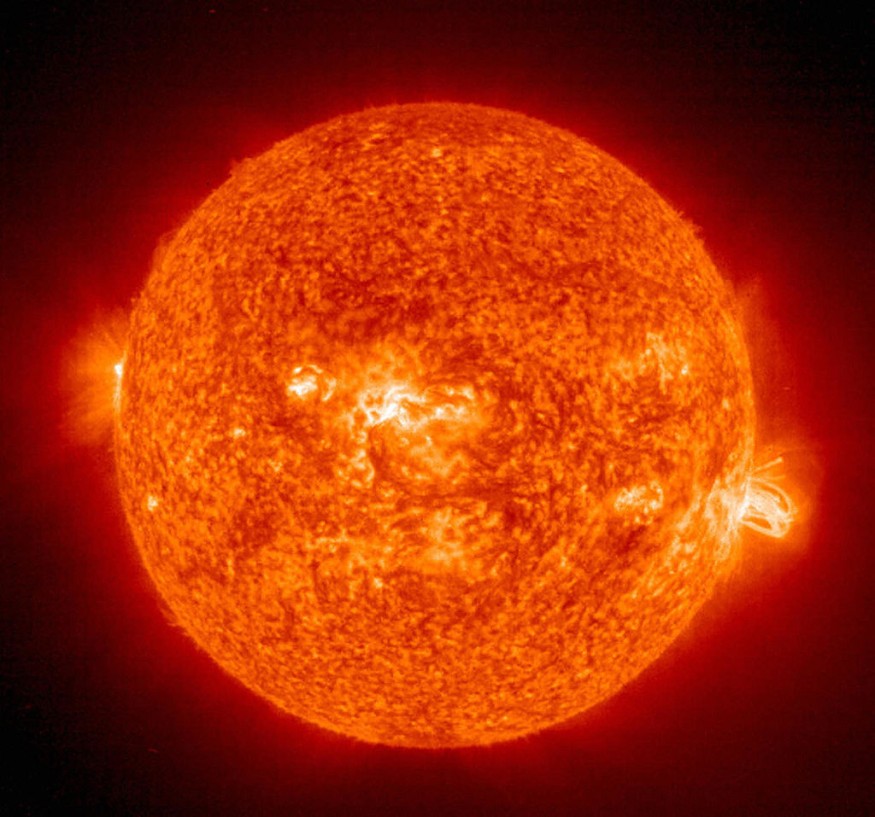The latest report reveals a possible double solar storm this week, as NOAA alert indicated a Geomagnetic storm, which can likely spark auroras. Homeowners can experience potential radio blackouts or satellite communication problems due to increasing solar activity.
The Space Weather Prediction Center shows a potential impact of poleward of 60 degrees Geomagnetic Latitude. The advisory reminds of potential induced currents, causing weak power grid fluctuations. For spacecraft, a minor impact on satellites could occur. A possible aurora can be visible in high latitudes, particularly in the northern tier of the US and northern Michigan and Maine.
Recently, NOAA monitored a Geomagnetic Storm Category G1. In early April, a Watch was issued due to the potential impact on Earth due to a Coronal Hole (CH), causing an increase in geomagnetic activity. The advisory said no effect on the general public could occur.
NOAA Solar Storm Alert This Week

According to a space weather advisory, a possible solar storm alert could occur this week, with a potential double solar storm impact. It can potentially spark auroras, which can unfold a natural display of light in the night skies. People near the North Pole can see the aurora borealis (northern lights), while people in the South Pole can witness the aurora australis (Southern Lights).
The forecast reveals that Coronal Mass Ejections (CMEs) can impact Earth, causing possible radio blackouts. From April 14 to April 15, homeowners can witness a G1 geomagnetic storm. In terms of impacts on satellite communications and radio, the advisory notes that R1 and R1 effects on radio can unfold until April 16.
In a NOAA report, a geomagnetic storm is considered a disturbance in the planet's magnetosphere. The condition can potentially disrupt navigation and communication systems on Earth, particularly the Global Navigation Satellite Systems (GNSS). Power grid and pipelines can also become affected.
NOAA is instrumental in detecting threats of solar storms that can cause major disturbances. People are advised to always check for solar storms, which can affect navigation lines and radio signals.
Geomagnetic Storm, Numerous Flares and Hot Plasma
In a recent Nature World News (NWN) report, a significant solar storm erupted, bringing a G-4 class geomagnetic storm. Reports show it is one of the strongest solar storms since 2017. On March 24, NOAA issued a Geomagnetic Storm Watch for March 24 to March 25 due to a detected geomagnetic activity. However, the agency said it would not cause a major threat to the public.
Powerful geomagnetic storms can unleash visible Auroras, particularly in parts of Alabama to northern California. It can also affect power grid in Canada.
For more similar stories, don't forget to follow Nature World News.
© 2025 NatureWorldNews.com All rights reserved. Do not reproduce without permission.





